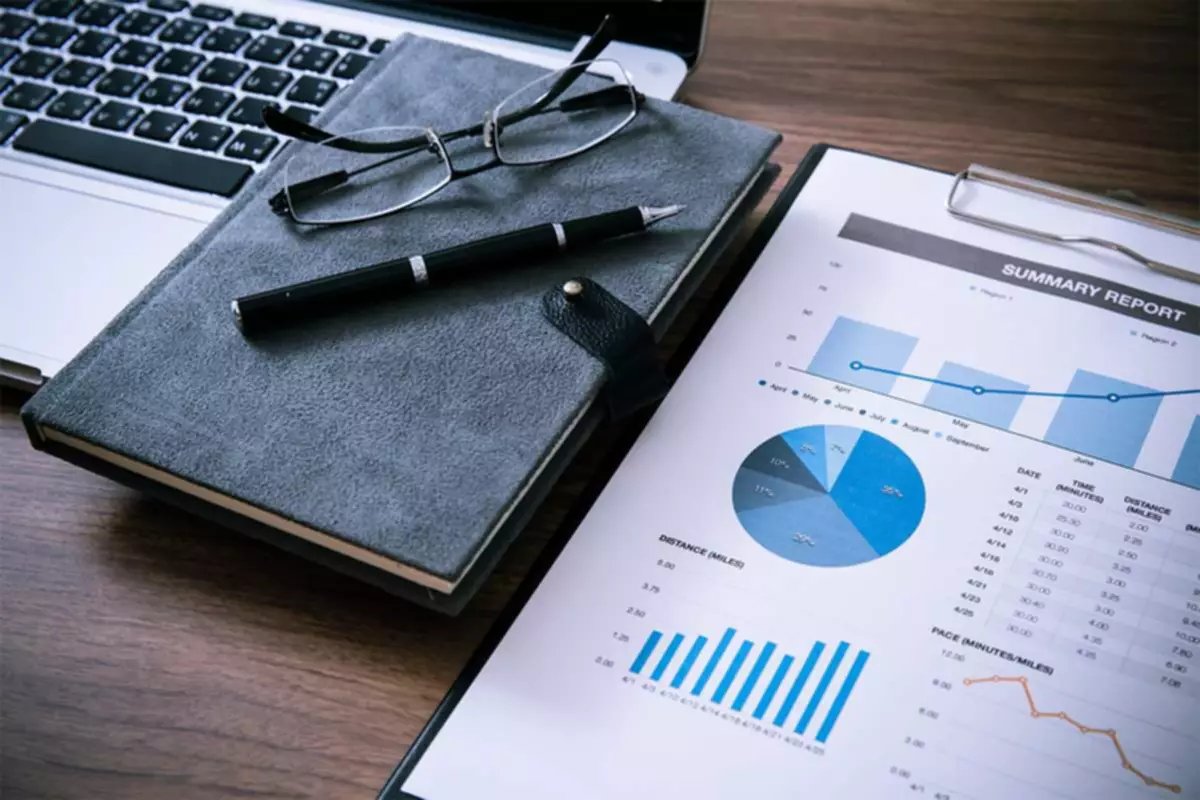8 1 The Role of Standard Costs in Management Managerial Accounting
Content
- STANDARD COSTS ARE OFTEN BASED ON HISTORICAL DATA
- Is Standard Costing used only by accountants?
- Chapter 8: Standard Cost Systems
- How does relying on standard costing lead to suboptimal decision-making?
- Calculate your manufacturing overhead
- Standard Costing & Price formulation
- How to Create Standard Costs
- Standard Costing- What Is It, Why It Matters- Recommended Reading

The main types of standards are ideal, basic, and currently attainable standards. Codes and symbols are assigned to different accounts to make the collection and analysis of costs more quick and convenient. A cost center is a location, person, or item of equipment (or a group of these) for which costs may be ascertained and used for the purpose of cost control. Standard costs also assist the management team when making decisions about long-term pricing. Historical costing, which refers to the task of determining costs after they have been incurred, provides management with a record of what has happened. The Ascent is a Motley Fool service that rates and reviews essential products for your everyday money matters.
What purpose is standard cost used?
Standard Cost is budgeting the cost to produce one unit of an item. You establish and assign a set of costs for each production segment of the item—direct material, direct labor, indirect labor, and machine hours. These costs are used to record cost of production for all like items.
Companies use standard costs for budgeting because the actual costs cannot yet be determined. This is because, in the manufacturing process, it is impossible to predict the demand of a product or all the variables that will affect the costs of manufacturing it. Managerial accountants perform variance analysis for costs including direct materials, direct labor, and manufacturing overhead. Managers needed to establish a standard cost for direct materials, direct labor, and variable manufacturing overhead. If a company deals with custom products, then it uses standard costs to compile the projected cost of a customer’s requirements, after which it adds a margin.
STANDARD COSTS ARE OFTEN BASED ON HISTORICAL DATA
The company then analyzes the purchase price variance account (inventory asset account) and relieves a portion of the capitalized variance to appropriately reflect COGS on an overall basis. See an example of the entries below for the purchase of an assembled door purchased for $500. In 2018, Qualcomm announced a reduction to its labor force, affecting many of its full-time and temporary workers. The reduction in labor was necessary to suppress rising expenses that could not be controlled through overhead or materials cost-cutting measures. The variances between standard labor rates and actual labor rates, and diminishing profit margins will have contributed to this decision.
Just because most companies use standard costing doesn’t necessarily mean it is the best option. There are several potential implications of using a different costing methodology. As a result, standard cost systems can often distort management decision-making and lead to sub-optimal outcomes. One of the signs that a standard cost may be incorrect is if it doesn’t align with the company’s current production levels.
Is Standard Costing used only by accountants?
Standard cost accounting was first developed in the early 20th century to manage and control costs in manufacturing businesses. Standard costing sets predetermined materials, labor, and overhead costs based on historical data and standard rates. Standard costing is the practice of estimating the expense of a production process. It’s a branch of cost accounting used by a manufacturer, for example, to plan their costs for the coming year on various expenses such as direct material, direct labor, or overhead.

Unlike the Financial Accounting Standards Board (FASB)-driven financial accounting, cost accounting need only concern itself with insider eyes and internal purposes. Management can analyze information based on criteria that it specifically values, which guides how prices are set, resources are distributed, capital is raised, and risks are assumed. Absorption costing has remained popular because of its simplicity in calculating and implementing. However, cost accounting professionals must not be comfortable with easy. Standard cost systems aid management accountants in tracking business performance against budget assumptions.
Chapter 8: Standard Cost Systems
The primary advantages to using a standard costing system are that it can be used for product costing, for controlling costs, and for decision-making purposes. Many financial and cost accountants have agreed on the desirability of replacing standard cost accounting[citation needed]. The main goal of lean accounting is to improve financial management practices within an organization. Lean accounting is an extension of the philosophy of lean manufacturing and production, which has the stated intention of minimizing waste while optimizing productivity.
When standard costs are used in a cost accounting system?
The core reason for using standard costs is that there are a number of applications where it is too time-consuming to collect actual costs, so standard costs are used as a close approximation to actual costs. This results in significant accounting efficiencies.
This makes it a much more accurate method for determining the actual cost of a product or service. As a result, standard costing is now being used more and more in businesses to understand their costs better. A budget estimates the amount of money spent over a predetermined period and is typically maintained with the help of accounting software. A budget might include standard costs, but it also might include other things that aren’t directly related to the costs of producing your product. Relying on standard costing can lead to suboptimal decision-making as it is often based on assumptions that may not accurately reflect the true cost of production. This could result in decisions based on inaccurate information, leading to potential overspending or loss of profitability.
How does relying on standard costing lead to suboptimal decision-making?
Accountants can expense slight production differences by posting them into the cost of goods sold. This is the most common adjustment to standard cost accounting https://www.bookstime.com/articles/standard-costing processes. This system allows businesses to track actual costs against standard costs and identify areas where costs are higher than expected.

The process to account for these variances is through a capitalized variance account (see entry below). Thus there are two separate standards necessary to establish each standard cost or six standards in total to establish a standard cost for direct materials, direct labor, and variable manufacturing overhead. The study is set to examine the effect of standard costing system as a means of effective and efficient .management of business organization. Many organizations in the country are currently operating the system to ensure effective management of the resources. This implies that, standard are set and comparison are made with actual result achieved. This study also expose how the system helps in planning and controlling of actual performance expected.